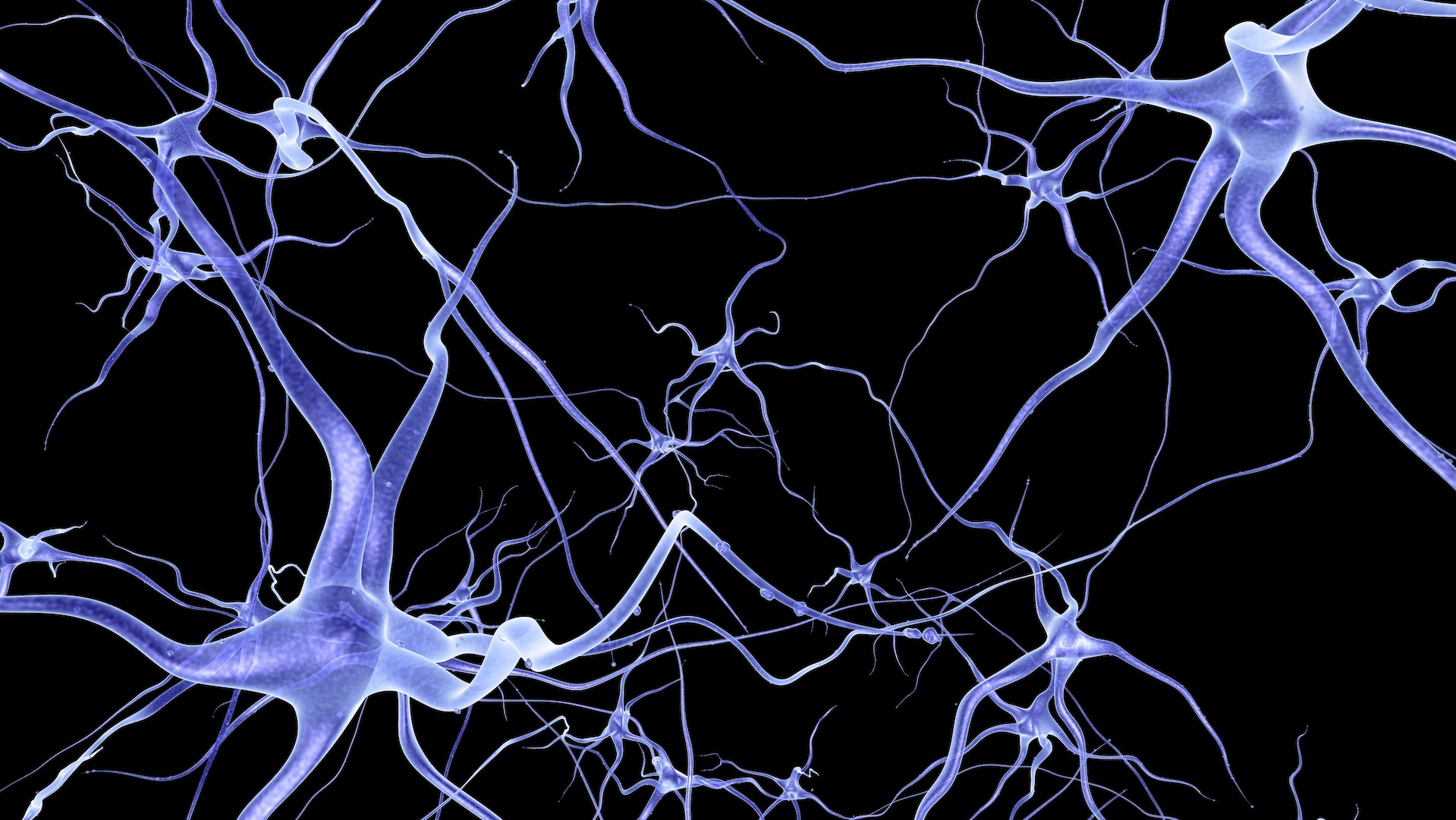
Scientists have pinpointed the brain network that's involved in stuttering, brain scans reveal.
The work suggests that stuttering may be triggered by disruption to a specific network of brain cells, or neurons that connects three major regions of the brain. These regions — the amygdala, the putamen and the claustrum — are respectively involved in regulating emotions, controlling movements and relaying information between different areas of the brain.
The brain imaging results were described in a recent paper, published May 27 in the journal Brain.
Knowing what causes stuttering could aid the development of new targeted treatments for the condition, Dr. Juho Joutsa, co-senior study author and a professor of neurology at the University of Turku in Finland, told Live Science. Such treatments could include the use of electrical brain stimulation, which involves placing electrodes on or inside a patient's head and delivering pulses of electricity to target areas of the brain at specific times.
Finding a new target for treatment
Stuttering is a speech disorder that affects around 1% of adults and between 5% and 10% of children. The condition causes people to involuntarily repeat or prolong certain sounds, syllables and words as they speak, as well as experience "blocks" in speech. People who stutter can therefore experience difficulty in communicating with others, which can contribute to social anxiety.
There are two major types of stuttering: developmental stuttering, which emerges in childhood but resolves before age 18 in up to 90% of cases, and the less-common, acquired form of stuttering, which can occur after a brain injury. These injuries include those caused by a stroke, or a disease such as Parkinson's.
Stuttering is typically treated with speech therapy. However, the benefits of this treatment do not always last, and there are currently no effective drugs to treat the condition.
Until now, scientists didn't know where in the brain stuttering originated, which limited their ability to come up with alternate treatments.
To find answers, Joutsa and colleagues started by looking at published medical case reports from 20 people who'd started stuttering after a stroke. They compared these reports to those from nearly 170 stroke patients at Turku University Hospital in Finland who did not develop stuttering. The team found that, in those who started stuttering, the damage caused by their strokes showed up in different parts of the brain but all clustered in the same brain network. The people who didn't develop stuttering didn't show this pattern.
The team uncovered this same pattern in a separate experiment in which they used magnetic resonance imaging (MRI) to scan the brains of 20 people who had developed stuttering after a stroke.
Related: A mysterious brain network may underlie many psychiatric disorders
To determine if this brain network might indeed be responsible for all types of stuttering, and not just those caused by brain damage, the team also imaged the brains of 20 adults with developmental stuttering. In addition to scanning participants' brains, the researchers assessed the severity of their stuttering symptoms through video-recorded conversations and a questionnaire that the participants filled out.
They uncovered patterns in how the participants' symptom severity related to the structure of their gray matter, which includes the main bodies of neurons. People more severely impacted by their stuttering showed higher gray matter volume in the same brain network linked to stuttering after stroke. This correlation was consistent in that, the greater the volume someone showed in the network, the more severe their stuttering was.
Taken together, these findings suggest that there is a common brain network underlying stuttering, regardless of its original trigger.
This raises the possibility of targeting this network to treat the condition, Joutsa said. Electrical brain stimulation is already used to treat patients with various disorders, such as obsessive compulsive disorder, depression, Parkinson's disease and essential tremor. It is also currently being tested for the treatment of additional neurological conditions, such as traumatic brain injuries.
In theory, brain stimulation may also be able to help prolong the beneficial effects of speech therapy in some patients, Catherine Theys, the study's lead author and an associate professor of psychology at the University of Canterbury in New Zealand, told Live Science. The new findings could help clinicians make more informed decisions about which treatments to select for each patient, she said.
However, there is a "long road ahead," as it may take years for this vision to be realized, Joutsa said.
Ever wonder why some people build muscle more easily than others or why freckles come out in the sun? Send us your questions about how the human body works to community@livescience.com with the subject line "Health Desk Q," and you may see your question answered on the website!







